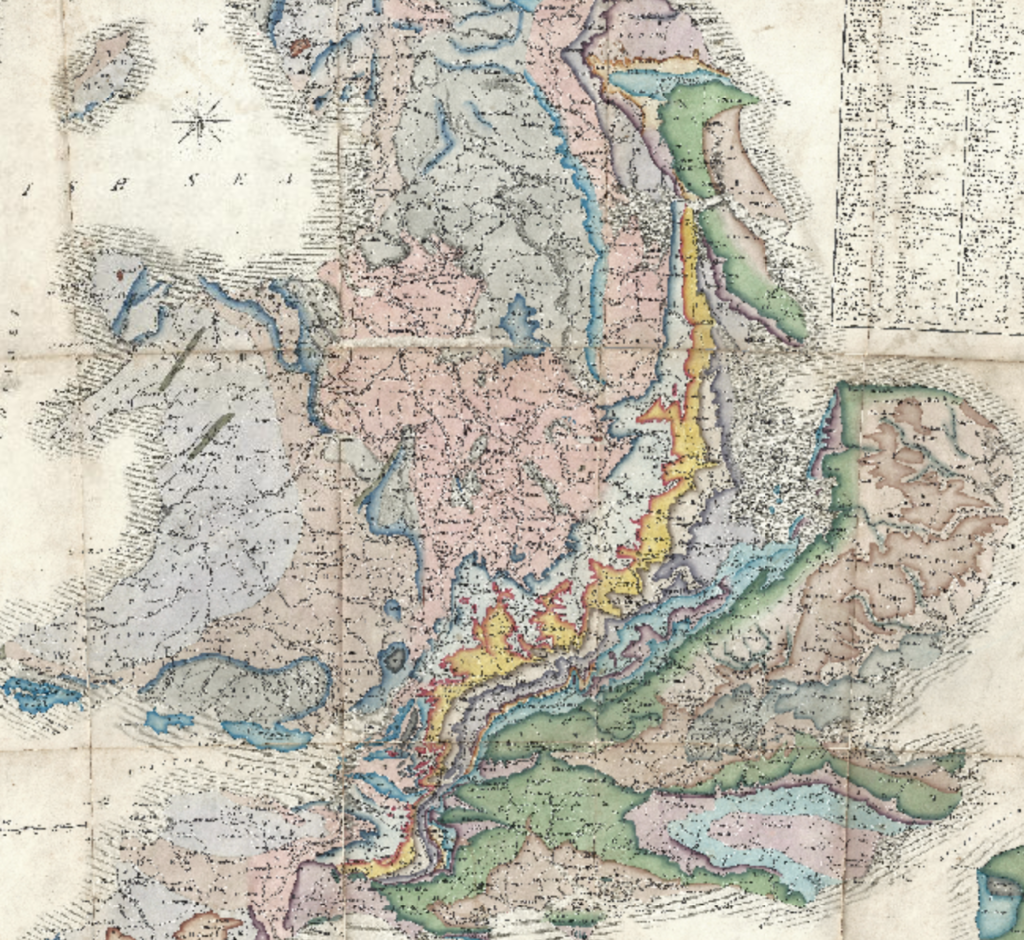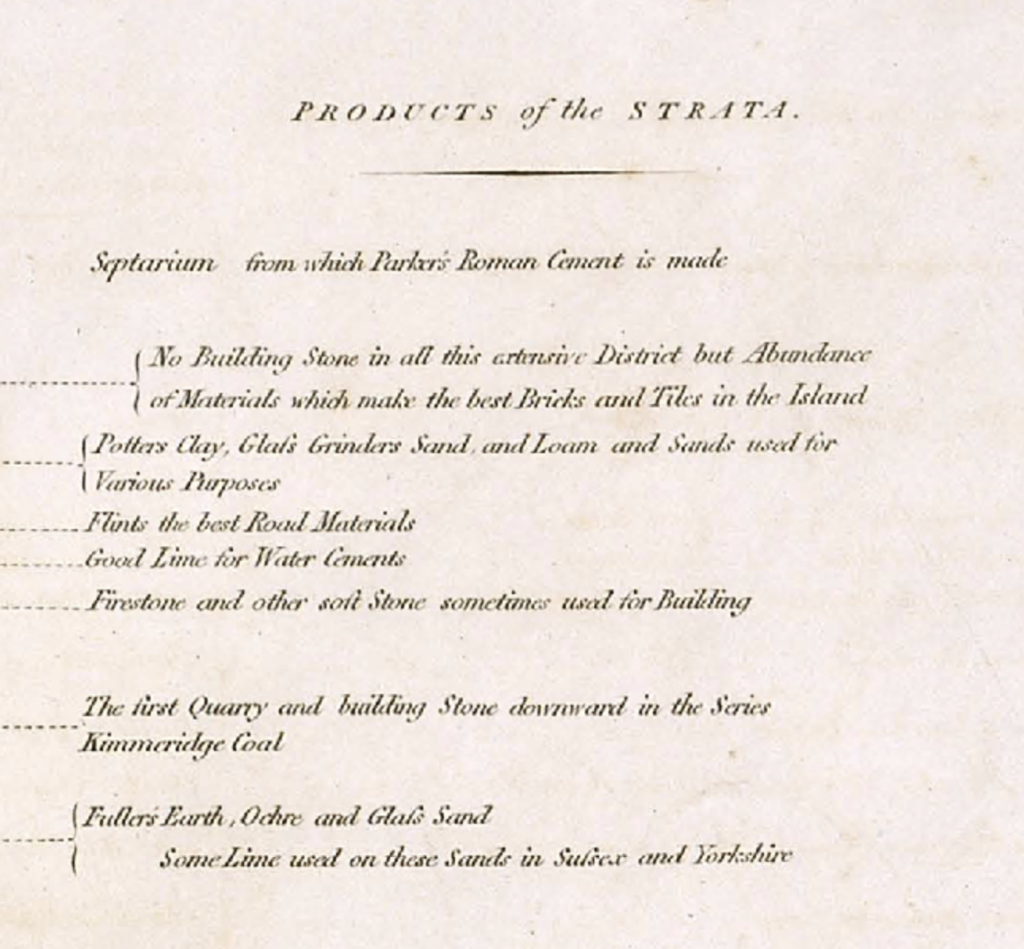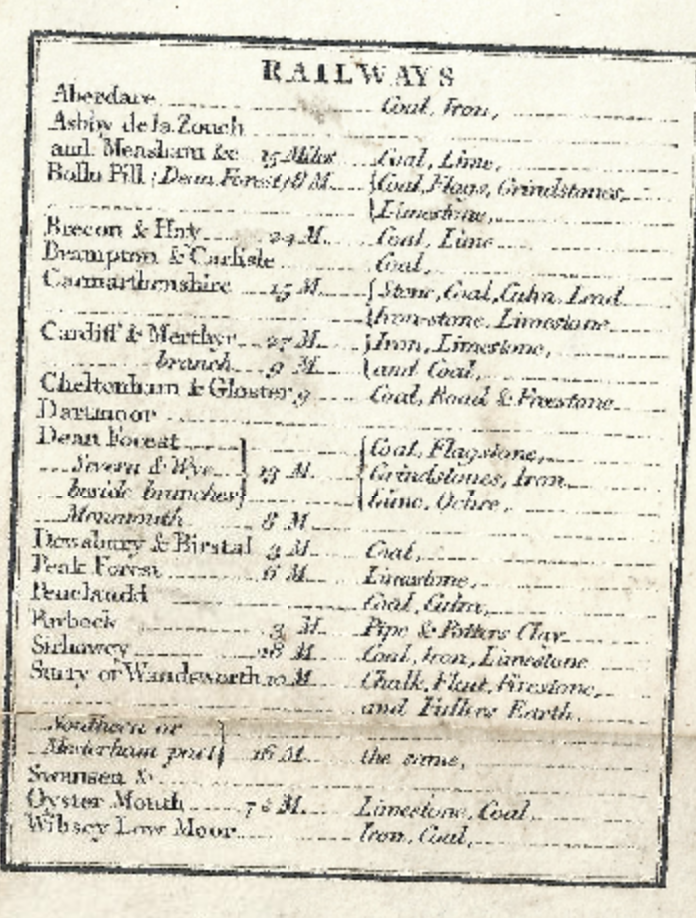William Smith’s Geological Map of England and Wales is a very impressive depiction of the various layers of rock that span much of this island. From his upbringing during the onset of the Industrial Revolution in the late 18th and early 19th centuries, William Smith would have a decent understanding of the societal trends of the time [1]. With a rapidly increasing population and many renowned technological inventions, England and Wales in this time period were experiencing an overwhelming degree of socio-economic advancement [3].

Longstanding biblical beliefs of the world’s creation by the divine had remained as the prevalent understanding of the earth and its nature. While the scientific understandings of the earth that we know today had not been available during this time, it was rather rather forbidden to question or challenge the biblically-driven perspective of the earth’s creation and the divine construction of human life. While the discovery of fossils gave way for some people question the accuracy of the biblical understanding, many geologists at the time conformed to the familiar grasp of the divine creation story, reluctant to contest society’s norm [3].
William Smith constructed much of his work based on his extensive analysis of fossils, discovering that some layers of rocks contained different fossils than other layers had. What is coined as “Faunal Succession,” Smith’s findings directly conflicted with the biblical perception of the world, as he came to the realization that the world isn’t necessarily as we had thought [3]. In his map, Smith focused primarily on depicting useful rock layers across the island, making sure to list the notable resources that can be found in these layers.

William Smith’s map seems to have been made for industrial purposes in locating key resources for infrastructure, fuel, and architectural purposes. There is no mention of his fossil findings in each layer, or even the differences in fossils between the layers. Yet, he even goes so far as to include a list of railways.
Smith seems to have conformed to the long-held biblical understanding of the earth’s beginnings, as he too was reluctant to challenge these ideas – even with his fossil evidence. In making his map, Smith decided only to include items of commercial, economic, and industrial value. By omitting information about his theorized Faunal Succession, he sided with the theme of industrialization and avoided creating a social upheaval about our worldly understanding.
[1] Scott, Michon. 2008. William Smith (1769-1839). NASA Earth Observatory. https://earthobservatory.nasa.gov/features/WilliamSmith.
[2] William Smith’s Maps – Interactive. http://www.strata-smith.com/map/.
[3] Winchester, Simon. 2001. The Map that Changed the World. HarperCollins Publishers. ISBN 0-06-093180-9.



Nice. You get to you main argument in the conclusion – instead situate it toward the beginning to flag for the reader what they should expect. Otherwise, nicely done. Love the footnotes and degree of detail too!